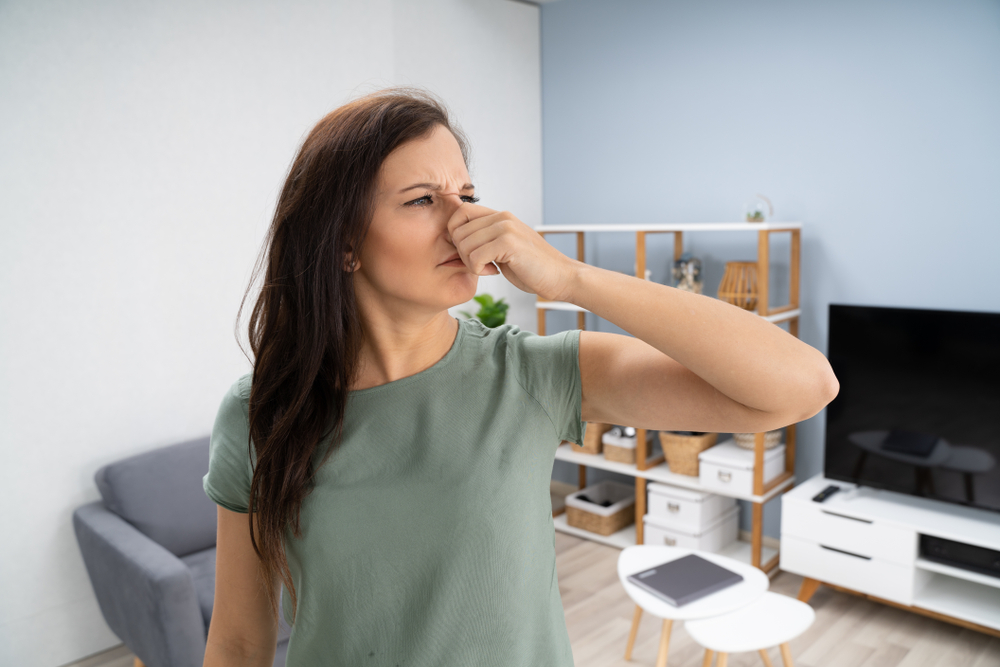Recognizing the Odors of a Mouse Infestation

Does that smell mean you need to call Viking?
Discovering unwanted house guests like mice often involves more than just spotting tiny footprints. Their distinctive odors can serve as an early warning system for an impending infestation. Let's delve into the world of mouse-related scents and explore how being aware of these smells can prompt action, with the help of Viking Pest.
Ammonia: A Notable Indicator
Among the most prominent scents linked to a mouse infestation is the pungent smell of ammonia. This scent arises from mouse urine, which they tend to scatter around while exploring your home. As the urine dries, it emits ammonia into the air, producing a potent, acrid smell.
Got mice? Call Viking now before they infest your home!
Fishy or Musky Odors: What's the Significance?
In addition to ammonia, you might detect musky or fishy smells. These scents often signal the presence of mouse nests. Mice fashion nests using materials like paper, cloth, and insulation, which can become soiled with urine and feces over time, leading to the development of these distinct odors. The strength of these smells correlates with the size of the infestation. Therefore, encountering such odors should prompt an investigation into potential mouse nesting areas.
Unpleasant Decomposition Odors
In severe cases, an unpleasant odor of decomposition might indicate deceased mice within your home. Mice tend to explore hidden areas, complicating the task of locating and removing their bodies. The smell of a decomposing mouse is not just offensive but could also pose health risks. If you encounter this smell, it's crucial to locate and safely dispose of the deceased mouse and take measures to address the infestation.
Additional Signs of a Mouse Infestation
While odors play a significant role in detecting a mouse infestation, several other signs warrant attention:
- Droppings: Look out for small, dark droppings in areas where mice nest and feed, such as cupboards, behind appliances, and along baseboards.
- Gnawed Items: Mice have strong teeth and leave behind evidence of chewing, like chewed wires, cardboard, and wood.
- Audible Clues: As nocturnal creatures, mice might produce scratching, scurrying, or squeaking noises in walls or ceilings, particularly at night.
- Visible Nests: Discovering small, shredded materials tucked away in hidden corners or dark spaces might signify the presence of a mouse nest.
Don’t let mice overwinter in your home. Call 800-323-7378 now!
The Viking Solution
Your sense of smell can be an invaluable tool in identifying a mouse infestation. Prompt action is crucial upon detecting any of these odors associated with a potential mouse infestation. Given the rapid multiplication rate of mice, early detection and intervention are imperative. Consulting pest control professionals like Viking can assist in assessing the infestation's extent, implementing effective measures for eradication, and offering guidance to prevent future intrusions.











